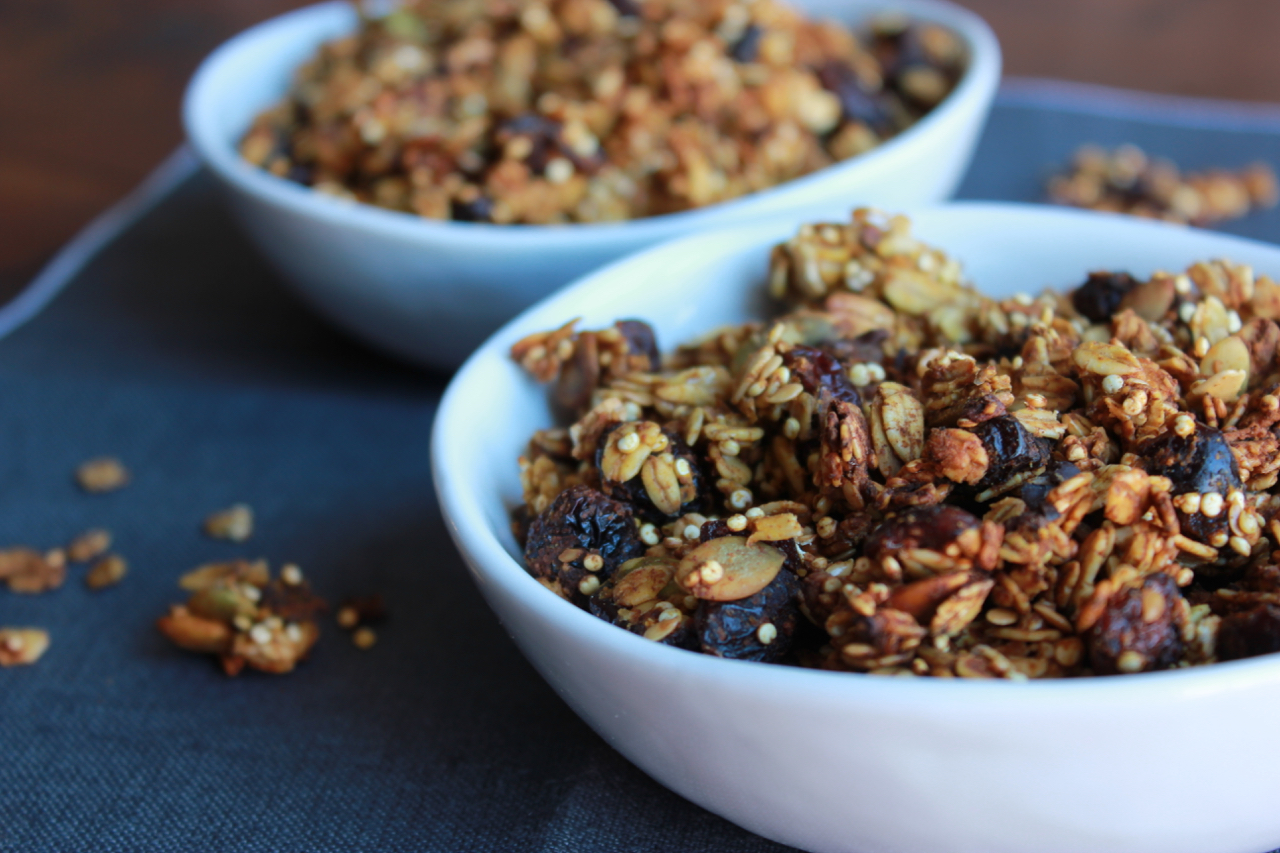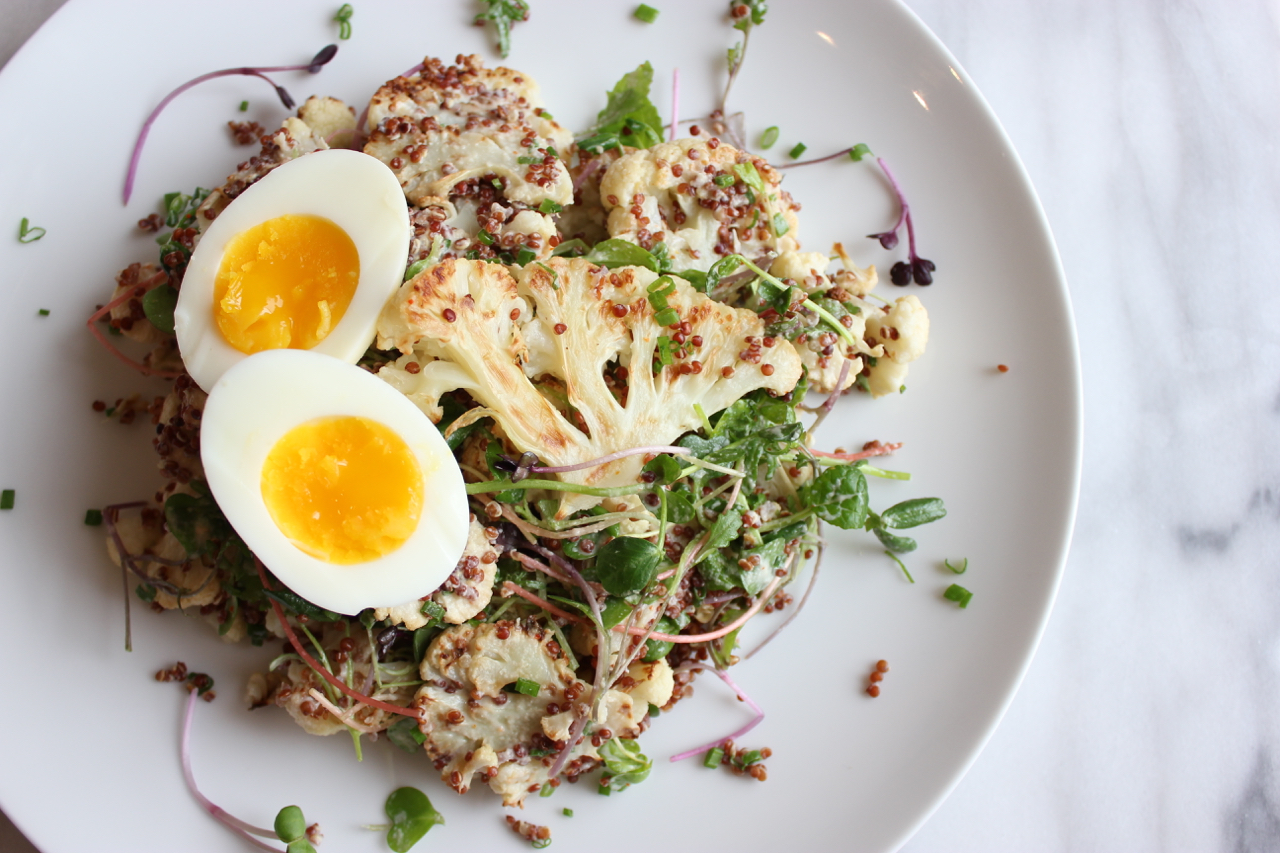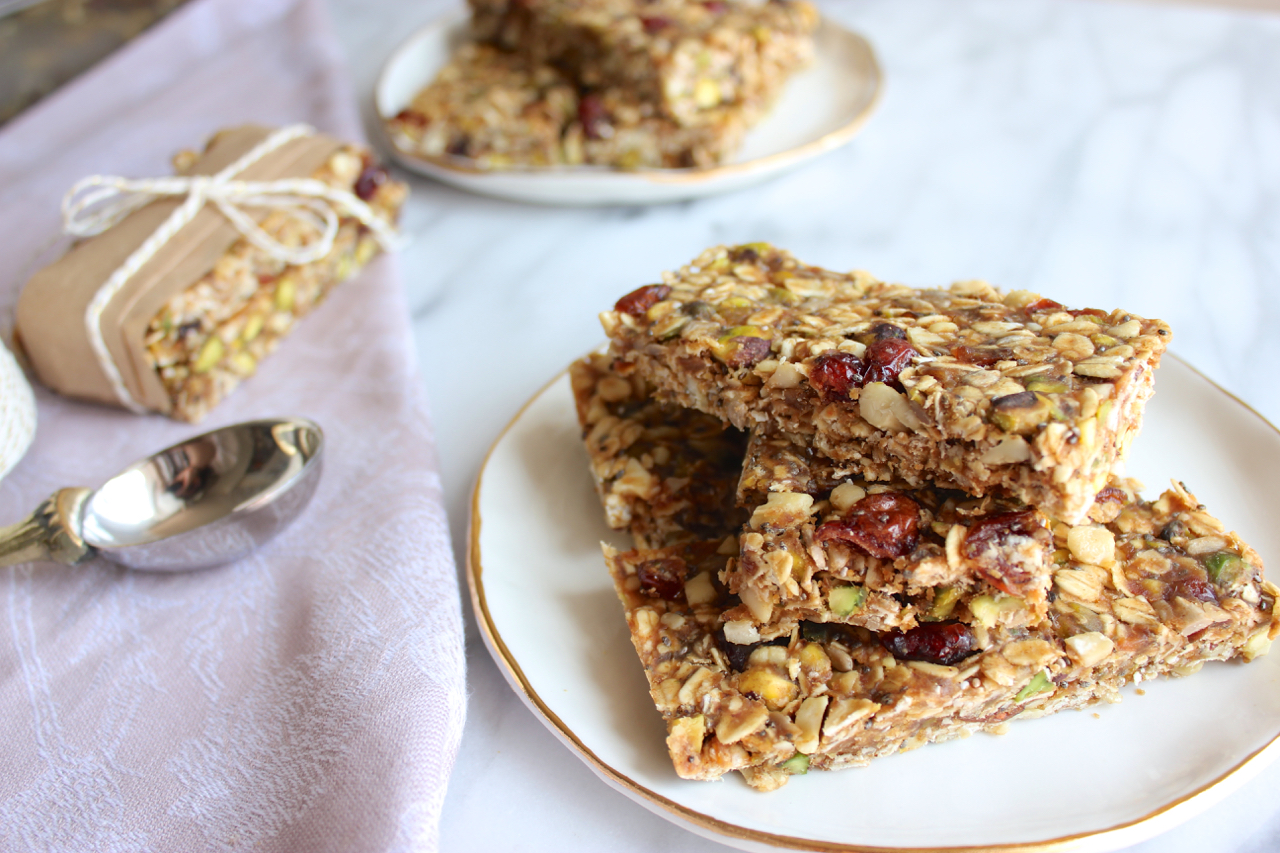4 Ways Extra Sugar is Sneaking Into Your Food
There's always the latest "food demon" vilified by the media. In the 90's it was all about the low-fat and fat-free, then in the early 2000's it was all about low-carb, Atkins, and South Beach. Lately it's been sugar.
As a trainer and soon-to-be certified nutrition coach, I think this has legitimate merit, but of course there is a huge difference in terms of quality for your body when we're talking about natural sugars vs. added sugars vs. artificial sugars. Now, I could go into the breakdown of how sugar reacts in the body, the differences on fructose and sucrose-- but rather than do this, I think it'd be helpful to point out some everyday ways we face the sugar battle. I think all of us are on the same team when it comes to understanding that we should limit our overall sugar intake, and trying to steer clear of the added sugars in processed foods and drinks.
But even with you health-conscious people with the best intentions, a lot more sugar may be sneaking into your daily diet than you realize.
Sure, you may not be drinking soda or snacking on Oreos, but let's take a look at 4 common ways extra sugars are sneaking into your food:
1. Sweetened Dairy-Alternative Milks (Nutmilks, Soy/Hemp/Rice Milks)
Everyone is ALL about alternative milks lately- which is completely fine if that is your preference. But keep in mind that your favorite Almond Milk Latte from your local coffeeshop is most likely hiding anywhere from 7-16g of sugar (pending if vanilla "flavored" or not) per cup, as the vast majority of retailers opt to use sweetened nut milks.
Whenever buying alternative milks for yourself at home, opt for the purest, unsweetened version you can find. Or try making your own homemade nut milk- it's so much easier than people realize!
Sweetened nutmilks will also add even more sugar to your smoothies if you get one containing them, which brings me to my next point...
2. Smoothies and Juices
In NYC, there seems to be a smoothie or juice bar on every corner. It's great that people are digging getting their fruits and veggies for the day, but you can get in the danger zone VERY fast if you're not mindful.
A standard smoothie or juice from one of the popular smoothie-juice brands can have you sipping on anywhere from 30g-90g of sugar. What I also find baffling is common popular bottled smoothies you'll find in grocery stores will list off all the fruit goodness they have inside each bottle, like 15 strawberries, 1.5 bananas, 1 apple, and 20 raspberries. Would you ever each that much fruit in one sitting? Probably not.
Instead, opt for veggie-heavy smoothies. Juices are good as well, but I'm a fan of smoothies as your drink will retain the fiber of the produce, keeping you fuller longer and not give you the quick blood-sugar spike a juice can.
3. Instagram-Trendy Brekkie Bowls/Smoothie Bowls
Now, I am the guiltiest party of loving my brekkie bowls and posting them all over my Instagram. But I also try to be very conscious at the amount of fruit I'm having. This is a tricky line here-- because after all, of all the things you'd rather overeat, you'd rather eat vitamin-packed fruit instead of cookies. But I'll see some #healthyeats #cleaneats posts out there by popular bloggers and Instagrammers with enough fruit in their bowls for 3 people! Yes, for some it's all about the visuals, but don't be fooled- you should not have 3 bananas in one meal... unless you are a monkey.
If you are making a smoothie bowl, try using veggies like spinach and kale in the base, some avocado perhaps, unsweetened nut milks, and only half a banana if you plan on topping the bowl with even more fruit. Opt for more healthy fats like nuts and seeds as additional fun toppings!
4. Pre-packaged Snacks
There are lots of conveniently pre-packed snacks everyone buys at the grocery store- but with that convenience frequently comes more than a little bit of sugar...
Greek Yogurt: The greek yogurt packs that come with fruit toppings are typically laden with added cane sugar- some brands have upwards of 20g of sugar per cup! Instead, buy tubs of greek yogurt, and make your own quick and easy chia jam (perhaps seasonal strawberry-rhubarb or blueberry?) to top it with- adding in some omega-3's while also saving some money by buying economically. #winning
Granola: Store-bought granola usually has lots of added sugars and oils you don't want- just take a glance at the nutrition label and you might be in for an unpleasant shock. Throw a bunch of goodness in a bowl and make this Pumpkin Oat-Quinoa Granola instead to have to eat all week long.
Granola Bars: On that note, granola bars! I've seen several of these popular brands house a range of 10-25g of sugar per bar. Let's make this delicious No-Bake Peanut-Butter Pistachio Bars or these Cranberry-Almond Chia Bars OR Raspberry-Chia Jam Breakfast Bars instead, yeah?
Salad Dressings: These can turn into a sugar-bomb if you don't look closely. In particular, beware of "fat-free/low-fat" products. Typically, food companies will increase the sugar content to counter-balance the loss of flavor from the removed fat- many standard dressings have up to 8g of sugar per 2 tablespoons (and let's be real, you're probably using more than two!). Make your own instead- I love this Spicy-Garlicky Tahini Dressing for a veggie-heavy salad.








